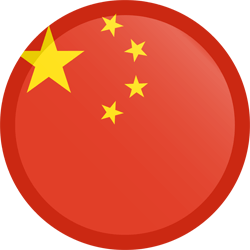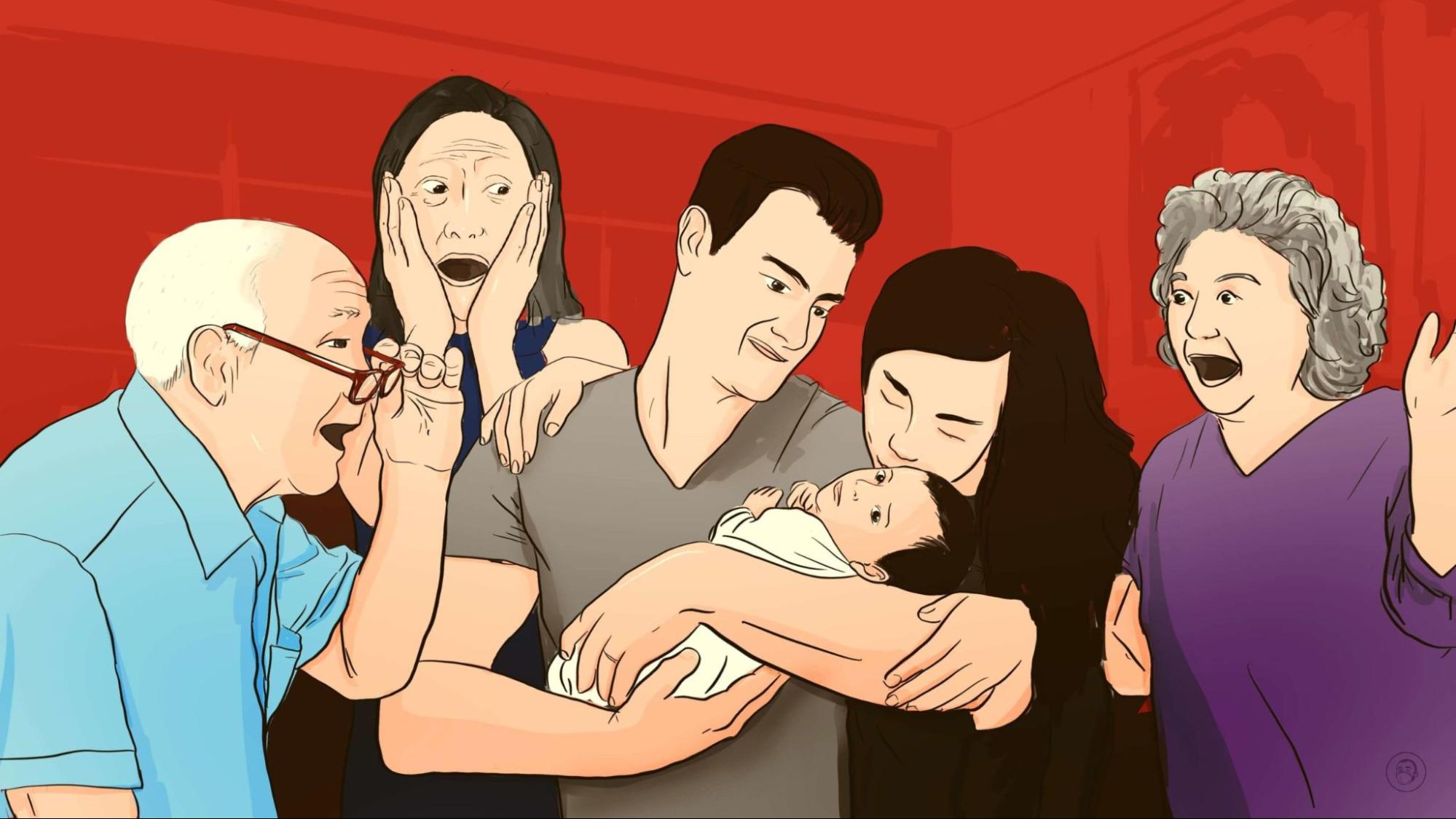To the dismay of Chinese officials, the three-child policy -announced in 2021- failed to deliver a baby boom last year, which recorded the lowest number of newborns since China started tracking in 1949. Compared with 2021, while the percentage of third children rose by a marginal 0.5%, the absolute number declined.
To make matters worse, the report also revealed that the share of second babies fell to 38.9% from 41.4%.
The numbers added to a sense of urgency in a country where the government has been grappling with a looming demographic crisis. Last year, China reported a fall in its population for the first time in more than 60 years.
Over the years, China’s demographic patterns have been largely shaped by the controversial one-child policy, which was put in place in the late 1970s to curb a surging population. Families that violated the regulations received financial penalties, and, in some instances, repercussions in the workplace. Through the strict enforcement of the family planning rules, many women were forced to have abortions, with men being encouraged to undergo vasectomies. According to the government, some 400 million births were prevented as a result.


It isn’t the government’s business to plan people’s family lives in the first place. They should aim to create and free and democratic society where people have a say rather than planning families for them and, among others, forcing women to have (or prohibit) abortions as it has been done in China for decades.
I’d like to see democracy and open civil society in China, and hope China Project helps towards that end, but as somebody who develops a climate model I can’t wait for this, it’s critical to understand the concepts of the planners of the country with by far the highest emissions. As somebody who also has a demographic model, I’m aware that many countries followed a similar trajectory of fertility without coercive measures, the ‘conventional wisdom’ is that education and urbanisation are key factors. As somebody who learned chinese, traveled to many corners of the country, and worked in a chinese university for six months, I have some idea of the complexity and diversity of that society and it’s history. However, if nuance is not appreciated here, I could take my comments elsewhere.